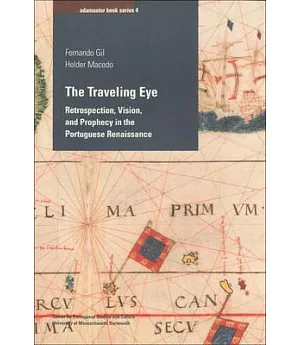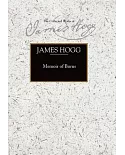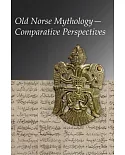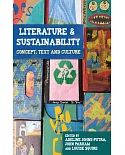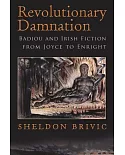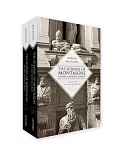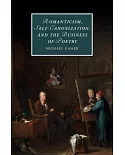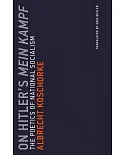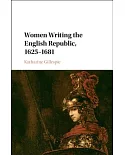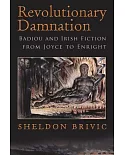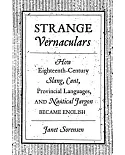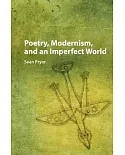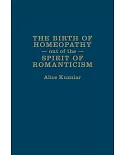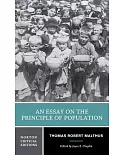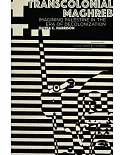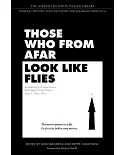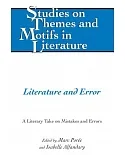The idea for The Traveling Eye came as a new departure in an old dialogue between the two authors, one a literary scholar, the other a philosopher. Our focus was initially centered on a
philosophical hypothesis concerning evidence, with specific reference to the prophetic writings of Father Antonio Vieira, but it occurred to us that this perspective could be applied to
literary works, particularly those of the Portuguese Renaissance. The studies that one of us had dedicated to the initiatory aspects of The Lusiads and to the codification of esoteric meanings
in the work of Bernardim Ribeiro suggested a possible convergence of our two lines of research. But there are other issues raised by the Portuguese Renaissance: voyages, the new, the encounter
with difference and how to understand it. The most obvious and direct expression of these issues is found in the chronicles of voyage and empire, whose importance is duly noted in the study by
Luis de Sousa Rebelo included in Chapter III of this book. The literary treatment of this material seems to us no less revealing. Seeing ("seeing clearly seen" as Camoes says in The Lusiads)
poses the problem of simultaneously seeing "what is there" and of how what is there could be seen. This questioning from the outside by the "traveling eye" went hand in hand with new ways of
relating to oneself and to others. Three key Renaissance authors, Luis de Camoes (1525?-1580), Francisco de Sa de Miranda (1481?-1558?) and Bernardim Ribeiro (b.1480s?), address the human
subject's relationship as a perplexing issue. Their works transform the feeling of love into a multifaceted investigation that questions the identity of the individual. A recurring theme in
this book is the metamorphoses of the self brought about by love.

